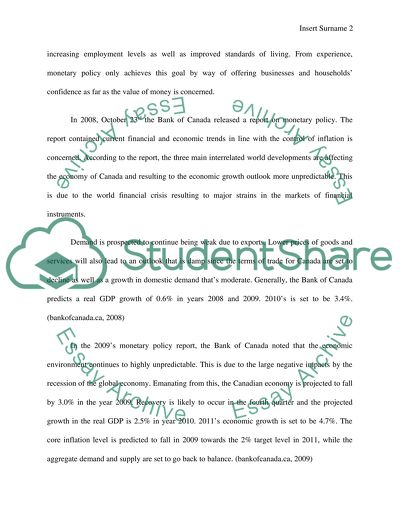Cite this document
(The Economy of Canada Case Study Example | Topics and Well Written Essays - 1750 words, n.d.)
The Economy of Canada Case Study Example | Topics and Well Written Essays - 1750 words. Retrieved from https://studentshare.org/macro-microeconomics/1559660-economics-for-business-the-canadian-economy-in-the-years-2006-2007-until-end-of-2008
The Economy of Canada Case Study Example | Topics and Well Written Essays - 1750 words. Retrieved from https://studentshare.org/macro-microeconomics/1559660-economics-for-business-the-canadian-economy-in-the-years-2006-2007-until-end-of-2008
(The Economy of Canada Case Study Example | Topics and Well Written Essays - 1750 Words)
The Economy of Canada Case Study Example | Topics and Well Written Essays - 1750 Words. https://studentshare.org/macro-microeconomics/1559660-economics-for-business-the-canadian-economy-in-the-years-2006-2007-until-end-of-2008.
The Economy of Canada Case Study Example | Topics and Well Written Essays - 1750 Words. https://studentshare.org/macro-microeconomics/1559660-economics-for-business-the-canadian-economy-in-the-years-2006-2007-until-end-of-2008.
“The Economy of Canada Case Study Example | Topics and Well Written Essays - 1750 Words”. https://studentshare.org/macro-microeconomics/1559660-economics-for-business-the-canadian-economy-in-the-years-2006-2007-until-end-of-2008.


